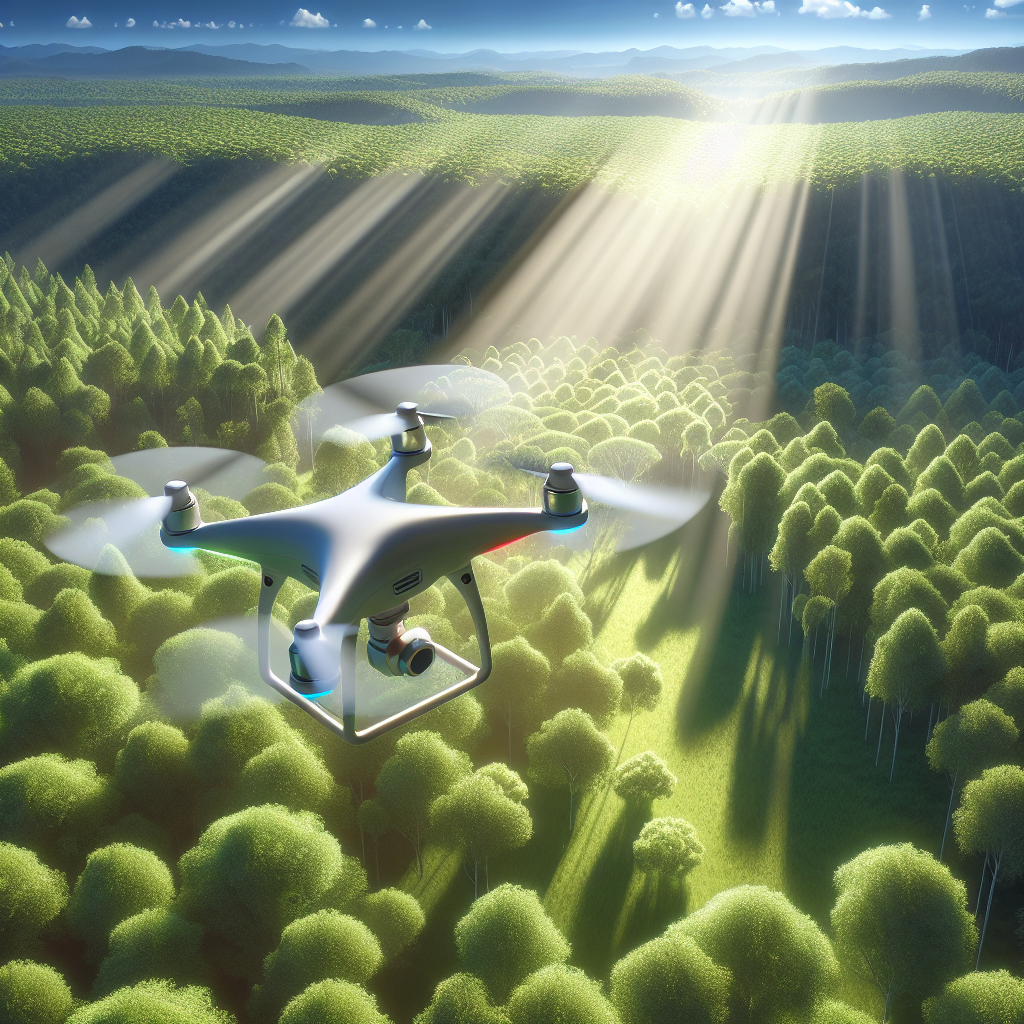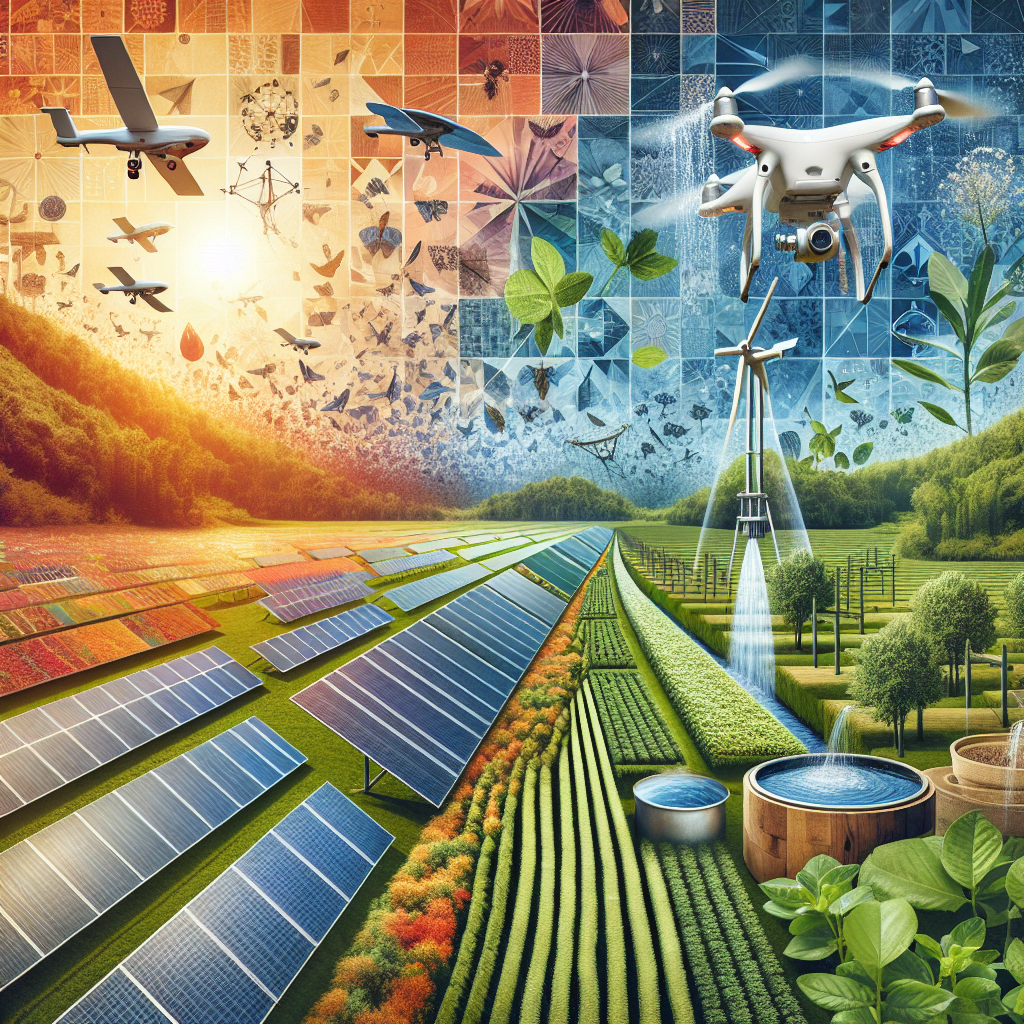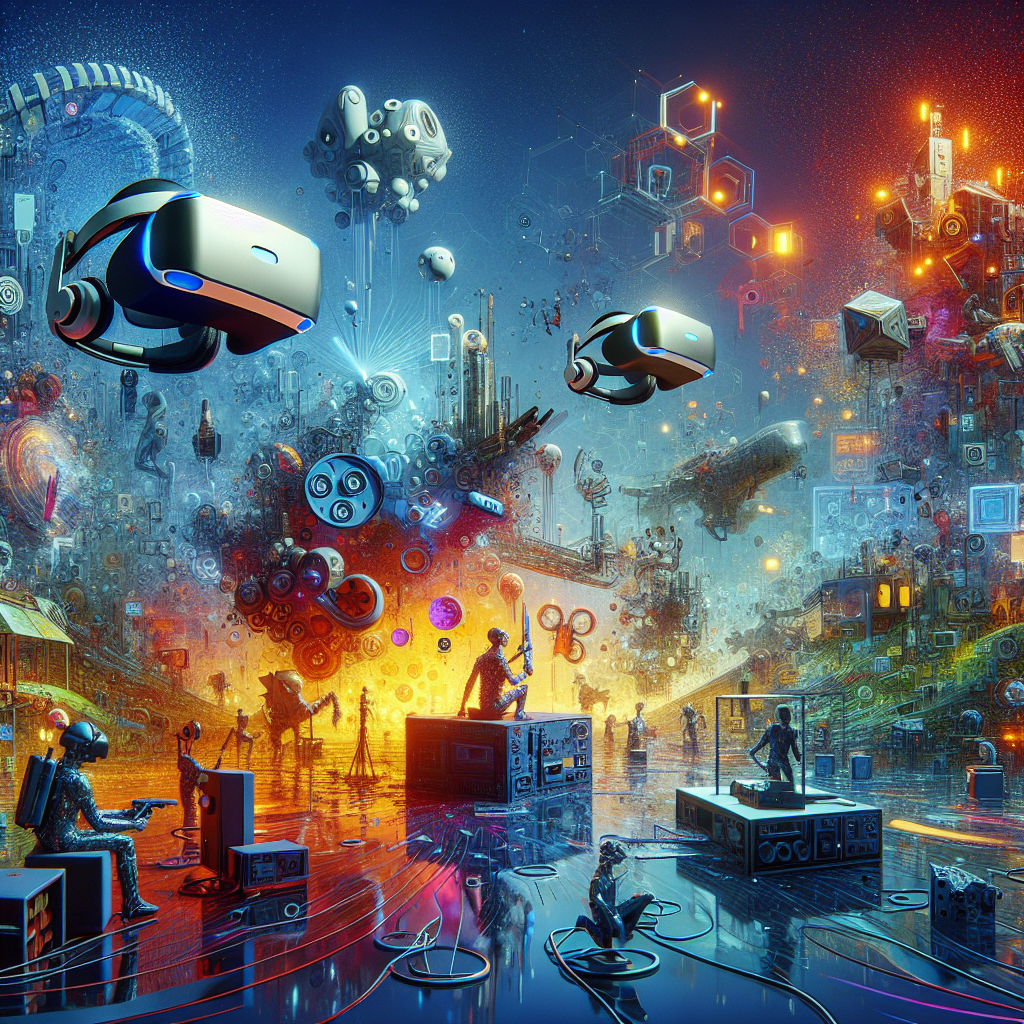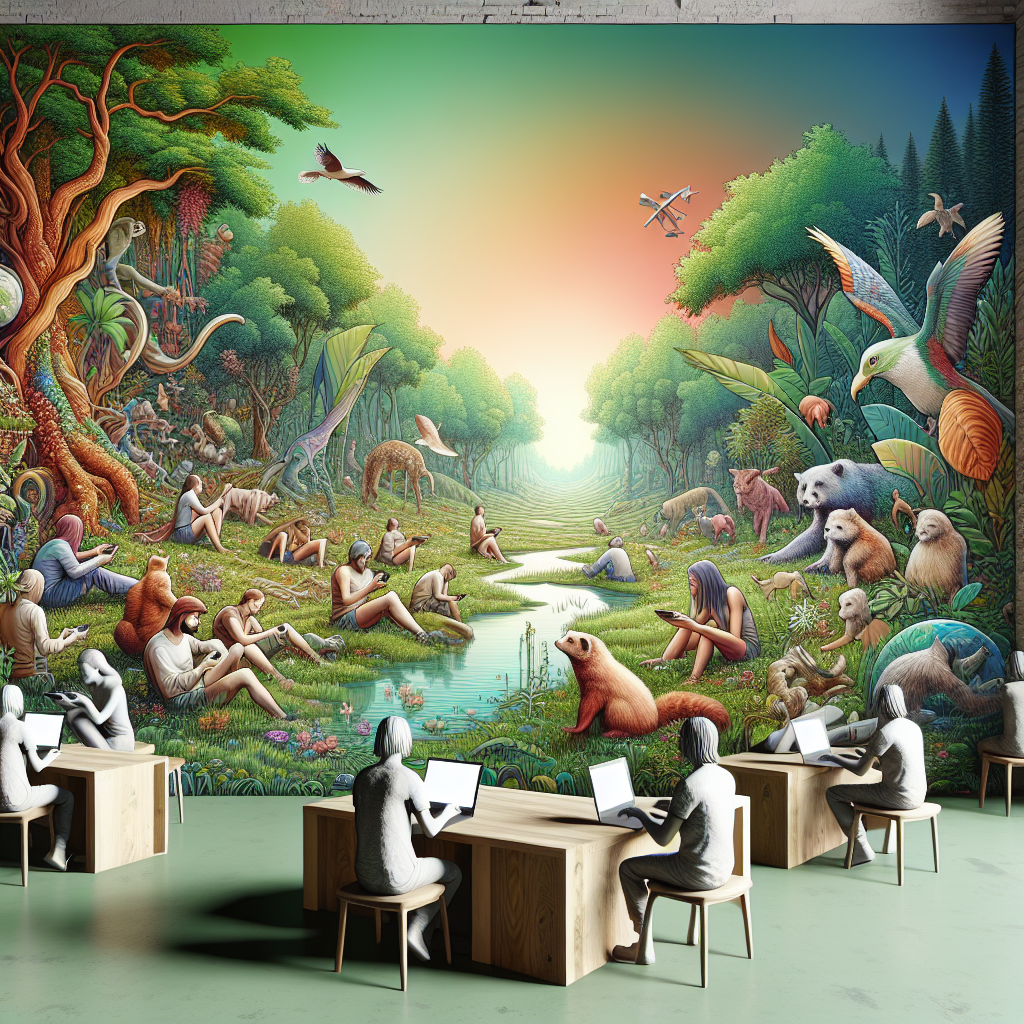In recent years, the intersection of technology and environmental conservation has become increasingly significant. Technology is revolutionizing environmental conservation, offering innovative solutions to age-old problems. From the use of drones for monitoring wildlife to advanced data analytics for climate modeling, technology is changing how we understand and protect our planet.
Innovative Tools for Monitoring
One of the most exciting developments in the realm of technology and environmental conservation is the use of drones. These unmanned aerial vehicles can cover vast areas quickly, providing real-time data on wildlife populations, deforestation, and habitat changes. By utilizing drones, conservationists can monitor areas that are otherwise difficult to access, allowing for more effective and timely interventions. Additionally, satellite imagery has become a vital tool for tracking changes in land use and identifying regions in need of conservation efforts.
Data-Driven Decisions
The advent of big data analytics is another crucial aspect of technology and environmental conservation. With the ability to collect and analyze vast amounts of environmental data, scientists can derive insights that were previously impossible to obtain. For instance, climate models rely on complex algorithms and simulations to predict future environmental changes. This predictive capability enables policymakers and conservationists to make informed decisions about resource management and conservation strategies.


Moreover, citizen science platforms have emerged, allowing individuals to contribute to conservation efforts by collecting data on local wildlife and ecosystems. This crowd-sourced data can be invaluable for researchers, as it helps fill in gaps in knowledge and enhances community engagement in conservation initiatives.
Smart Solutions for Sustainable Practices
Technology is also transforming traditional practices in agriculture and resource management. Precision agriculture employs sensors and IoT devices to optimize water usage, reduce chemical inputs, and increase crop yields sustainably. This approach minimizes the environmental impact of farming while maximizing productivity, aligning with the principles of environmental conservation.
Furthermore, renewable energy technologies, such as solar and wind power, are crucial in reducing our carbon footprint. By harnessing these sustainable energy sources, we can mitigate climate change and protect ecosystems that are vulnerable to its effects.
In conclusion, the synergy between technology and environmental conservation is undeniable. As we face pressing environmental challenges, embracing innovative technologies will be essential for effective conservation efforts. By leveraging these tools, we can work towards a sustainable future for our planet, ensuring that both nature and humanity can thrive together. The role of technology in environmental conservation is not just a trend; it’s a necessity for our survival and the health of the Earth.
Some content and/or images on this page were created using AI.





